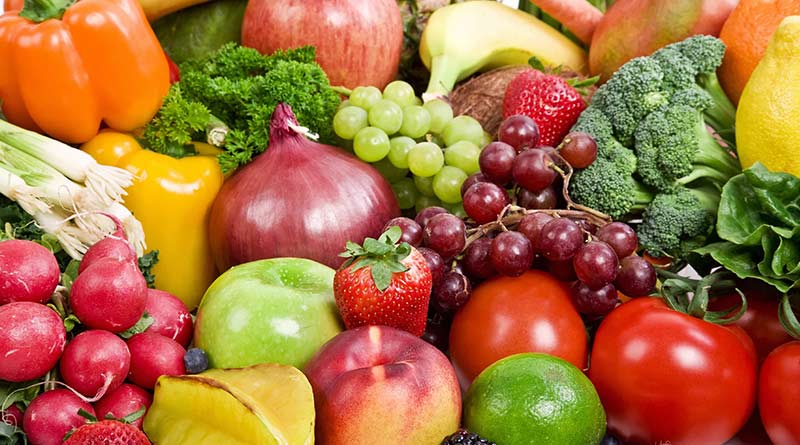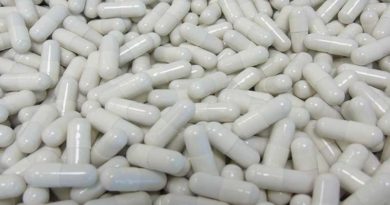How much fruit & veg is optimal?

Executive Summary
Please login to view this content
Introduction
I am known for challenging a number of dietary beliefs – dietary fat is bad… saturated fat is worse… if you create a deficit of 3,500 calories you will lose 1lb of fat… fibre is essential… and, the most famous dietary belief of all, five-a-day. I’ve done a few media articles and interviews about five-a-day (Ref 1) – including a live interview on Sky News on April Fools Day in 2014 – the day a paper was published, which generated headlines that “seven a day would save lives” (Ref 2).
I first looked at the evidence for the five-a-day slogan for my obesity book, which was published in 2009. The research I did at the time found that five-a-day was first coined at a meeting of the National Cancer Institute (NCI) and the Produce for Better Health Foundation in California in 1991 (Ref 3). The Produce for Better Health Foundation is a trade body of companies that benefit from increased fruit and veg consumption. It did include companies as diverse as Driscoll’s (berries), General Mills and McDonalds, when five-a-day was invented in 1991. The latest list of members includes Del Monte, Dole, Campbell Soup, Kellogg’s, and Subway, to name just a few of the current 160 members (Ref 4). Five-a-day was created as a marketing slogan. The NCI trademarked the term and has defended the trademark since (Ref 5).
Why five? Why not! It’s the number of digits on one hand. It would seem like a good target to encourage – not too low to miss out on sales and not too high to seem unachievable.
The rest of this article is available to site subscribers, who get access to all articles plus a weekly newsletter.
To continue reading, please login below or sign up for a subscription. Thank you.




